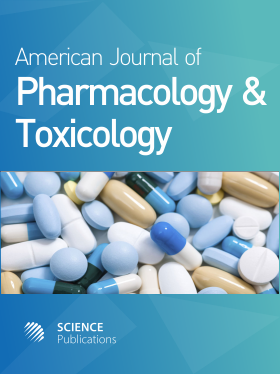Antimicrobial Resistance Pattern of Pseudomonas aeruginosa from Different Clinical Specimens: Survey Article
- 1 Birzeit University, Palestinian Authority
Abstract
Pseudomonas aeruginosa (P.A.) is a gram-negative, aerobic rod bacterium that mainly grows in soil and watery environments, infrequently being a part of microflora in healthy individuals. Since P.A. favors the growth in moistened areas, it can colonize in any simple aqueous solution, which in turn raises the risk of contamination and infection in hospital settings. The emergence of drug resistant bacterial species has become increasingly prevalent in many health care facilities worldwide. Pseudomonas aeruginosa is one of these pathogens that had developed resistance to many of the previously effective antibiotics. Hence, it is highly valued to know the resistance pattern of P.A. in every health care facility. That in turn would facilitate more accurate and effective empirical regimens selection when dealing with life threatening infections. The purpose of this study is to review antimicrobial resistance patterns of P. aeruginosa from different clinical specimens based on several studies made in different countries and to discuss the distribution of P. aeruginosa infection and antibiotic resistance according to the gender of the patients and the type of specimen. ScienceDirect, PubMed and Google scholar were used during search to find published articles in English language. 15 articles from different countries about antimicrobial resistance patterns of P. aeruginosa were used in this article. Studies done between 2010 and 2020 were chosen. In this study Aminoglycosides (Amikacin), Piperacillin/Tazobactam and Polymyxins (Polymyxin-B and Colistin) were found to be the most effective drugs against P. aeruginosa. On the other hand, the highest resistance rate was against Cefuroxime, Ceftriaxone, Ampicillin, Ticarcillin/Clavulanic Acid, Amoxicillin/Clavulanic Acid, Co-Trimoxazole, Ceftazidime, Cefepime, Aztreonam. Carbapenems (Meropenem and Imipenem) showed inconsistent results as they were found to be the most effective against P. aeruginosa in some places, while in others; they had the highest resistance rate.
DOI: https://doi.org/10.3844/ajptsp.2021.1.8

- 6,982 Views
- 5,287 Downloads
- 5 Citations
Download
Keywords
- P. aeruginosa Resistance
- P. aeruginosa
- Antimicrobial Resistance
- Antipseudomonal Drugs
- Resistance Pattern and Clinical Isolates
